Russia-Ukraine War: List of Key Events, Day 976
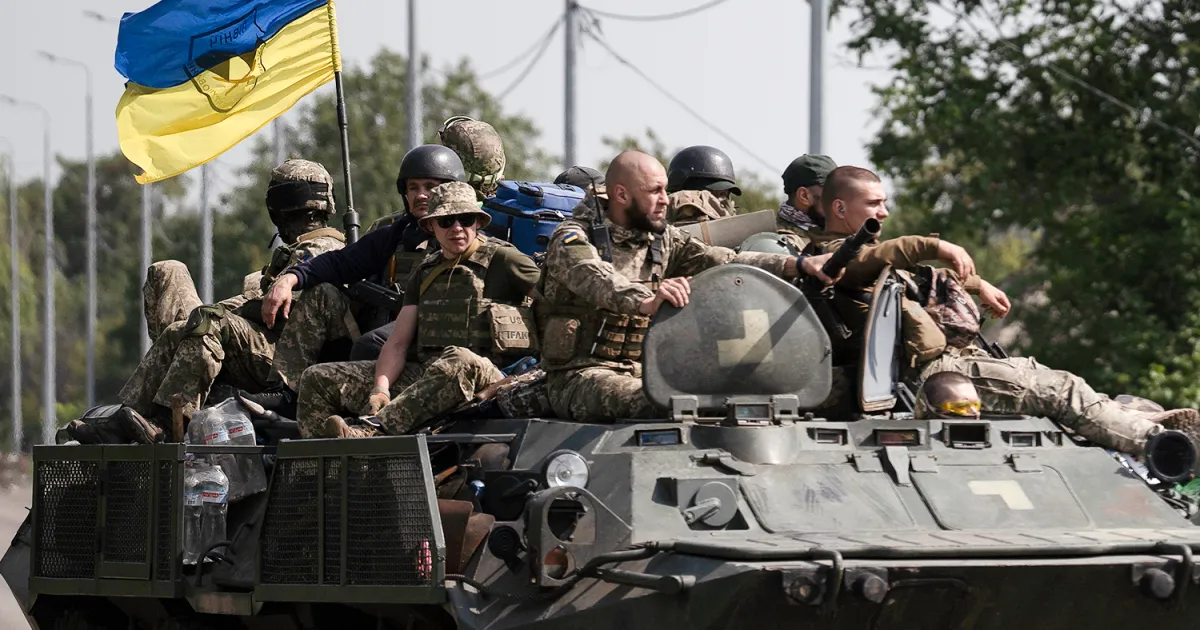
Imagine this: It’s a crisp autumn morning in late October, and you’re scrolling through the news, half-expecting the same grim headlines that have become as routine as your morning coffee. But then, day 976 hits you like a cold splash of reality. That’s where I was two years ago, hunkered down in a borrowed apartment in Lviv, far from the front lines but close enough to feel the rumble of distant artillery through shaky video calls from friends in Kharkiv. As a freelance reporter who’s chased stories from the Maidan Revolution to the muddy trenches of Donbas, I’ve learned that each day in this war isn’t just a number—it’s a thread in a tapestry of resilience, loss, and quiet defiance. Today, we’re diving deep into day 976 of the Russia-Ukraine war, unpacking the key events that unfolded around October 28, 2024, with the raw edges of what it meant for soldiers, civilians, and the world watching from afar. This isn’t just a list; it’s a window into a conflict that’s reshaped lives, including mine.
The Broader Context of Day 976 in the Russia-Ukraine Conflict
By day 976, the full-scale invasion that kicked off on February 24, 2022, had dragged on for nearly three years, turning bustling cities into ghost towns and fertile fields into minefields. What started as a “quick operation” in Moscow’s playbook had morphed into a grinding war of attrition, with Russian forces inching forward in the east while Ukraine’s defenders held the line with Western-supplied grit. On this day, the air was thick with reports of drone swarms and missile barrages, but beneath the blasts lay deeper stories—of families fractured by a plummeting population and alliances tested by whispers of foreign boots on the ground. It’s a reminder that wars aren’t won on battlefields alone; they’re etched into the everyday ache of ordinary people.
Military Engagements: A Day of Drones and Dug-Ins
Day 976 saw the skies light up like a deadly fireworks show, with both sides unleashing drones in a high-tech cat-and-mouse game that’s become the war’s new normal. Russian air defenses buzzed over border regions, while Ukrainian strikes probed deep into enemy territory—each explosion a stark echo of how technology has leveled the playing field for a smaller force fighting for survival.
Russian Advances in Donetsk: Incremental Gains, Immense Costs
In the scarred earth of Donetsk Oblast, Russian troops claimed another notch on their belt by capturing Izmailivka village, a tiny dot on the map but a big psychological win for Moscow. This push, part of a broader offensive toward Pokrovsk, came after weeks of brutal house-to-house fighting, where every meter cost lives and limbs. Local reports painted a picture of exhausted Ukrainian units rotating in under moonlight, their faces smeared with mud and determination—much like the stories I’d heard from a medic buddy who patched up wounds that no bandage could fully heal.
- Key Capture Details: Izmailivka fell after intense artillery prep, with Russian forces using glide bombs to soften defenses.
- Ukrainian Response: Counter-drone ops downed several incoming threats, buying time for reinforcements.
- Casualty Estimates: Unofficial tallies suggest dozens killed on both sides, underscoring the meat-grinder reality of eastern fronts.
Ukrainian Incursions and Russian Counterstrikes
Overnight into October 28, Ukraine’s drones danced across the border, sparking fires at an industrial site in Voronezh and rattling nerves near an ethanol plant in Krasnoye. Russia’s FSB boasted of thwarting saboteurs in Bryansk, but let’s be real—these raids are Ukraine’s way of saying, “We’re not just defending; we’re hunting.” I chuckled darkly once over rakia with a drone operator who called it “asymmetric therapy,” a jab at the Goliath next door.
Meanwhile, in Kharkiv, precision-guided bombs slammed into residential blocks and the iconic Derzhprom building—a UNESCO-protected gem from the Soviet era now bearing fresh scars. Nine injured, two hospitalized; it’s the kind of hit that doesn’t just damage concrete but chips away at a city’s soul.
Civilian Toll: Heartbreak Amid the Headlines
No war summary is complete without the human cost, and day 976 delivered fresh tragedies that hit like gut punches. In Kherson, an elderly man lost his life to a drone-dropped explosive, while artillery claimed another in the same region—reminders that for many, the front line is their front porch. The UN dropped a bombshell that day too: Ukraine’s population had plunged by 10 million since the invasion, a cocktail of refugees fleeing, births stalling, and too many graves being dug. It’s numbers like that which make abstract “events” feel painfully personal; I think of the grandmother in Odesa who baked pirohi for displaced kids, her hands trembling not from age but from the endless what-ifs.
Attacks on Urban Centers: Kharkiv and Beyond
Kharkiv’s mayor reported damage to homes and a hospital, with four more injured in follow-up strikes—classic Russian playbook, blending military targets with civilian collateral. In Chuhuiv, a residential building took a direct hit, mercifully without fatalities, but the fear lingers like smoke. These aren’t anomalies; they’re the war’s grim rhythm, forcing families into basements that double as nurseries and war rooms.
- Immediate Impacts: Evacuations surged, with local NGOs scrambling for blankets and baby formula.
- Long-Term Echoes: Mental health crises spike, as one therapist told me: “Trauma here isn’t a phase; it’s the weather.”
Diplomatic Ripples: Alliances Strain and Shift
Behind the booms, diplomats danced a tense tango on day 976. Putin warned of “response options” if NATO greenlit long-range missiles for Ukraine, his voice a velvet glove over an iron fist. Meanwhile, Zelenskyy rallied the “Ukraine plus Northern Europe” crew—Finland, Sweden, and the Nordics pledging more heat on Russia. It’s chess with lives as pawns, and the board just got a wild card: North Korean troops reportedly massing in Kursk, briefing NATO on the sly. Humor in the absurd? A Kyiv satirist quipped, “From K-pop to Kursk—Pyongyang’s exporting more than kimchi now.”
North Korea’s Shadow: A New Player on the Board
NATO’s Mark Rutte confirmed NK soldiers in Russia, urging UN pressure—a escalation that smells like desperation from Moscow’s manpower crunch. South Korea’s delegation jetted to Kyiv for intel swaps, while Croatia inked a tank deal with Germany to bolster Ukraine’s arsenal. These moves aren’t just talk; they’re lifelines in a war where aid delays can mean defeat.
| Alliance Shift | Impact on Ukraine | Russian Counter |
|---|---|---|
| Nordic “Ukraine+” Format | Accelerated sanctions, joint training | Diplomatic isolation push via BRICS |
| NATO NK Briefing | Heightened global scrutiny | Denials, threats of escalation |
| Swiss Reexport Loosening | Easier access to Leopard tanks | Propaganda blasts on “Western meddling” |
This table scratches the surface, but it shows how day 976’s diplomacy could tip scales—pros for Ukraine in diversified support, cons in Russia’s veto-wielding UN clout.
Strategic Analysis: Attrition vs. Innovation
Russia’s strategy on day 976 screamed “slow bleed”: Captures like Izmailivka via sheer numbers, but at a cost exceeding 600,000 casualties by some counts. Ukraine, meanwhile, bets on brains over brawn—drones turning Russian oil depots into bonfires, partisans blowing bridges in Berdiansk. It’s David vs. Goliath 2.0, where innovation (those cheap FPV drones) outpaces invasion.
Pros and Cons of Ukraine’s Drone Warfare
- Pros:
- Cost-effective: A $500 drone vs. a $10M tank? No contest.
- Psychological edge: Keeps Russia guessing, boosts morale like my friend’s “therapy” sessions.
- Asymmetric wins: Hits deep, disrupts supply lines without full offensives.
- Cons:
- Vulnerability to jamming: Russian EW tech is catching up fast.
- Escalation risk: Provokes bigger retaliatory strikes on cities.
- Sustainability: Battery life and parts shortages loom large.
Comparatively, Russia’s glide bombs offer precision terror but strain their air force—Ukraine’s air defenses downed 21 drones that night alone. The edge? Ukraine’s adaptability, honed by necessity.
Humanitarian Fallout: A Population in Freefall
The UN’s 10-million drop isn’t hyperbole; it’s exodus math—6 million abroad, internal displacements, and fertility cratering under stress. Day 976’s civilian deaths in Selydove, where Russian troops allegedly fired on a car of locals, add fuel to war crimes probes. I once shared tea with a Selydove evacuee who lost her husband to a similar “mistake”—her quiet rage more potent than any protest chant. Aid orgs like World Vision scramble, but where to get reliable updates? Check UNHCR’s Ukraine dashboard for real-time refugee flows.
For those tracking from afar, the best tools for staying informed include the Institute for the Study of War’s daily maps—transactional gold for donors plotting impact. Want to contribute? Platforms like Razom for Ukraine channel funds to frontline medics efficiently.
People Also Ask: Unpacking Common Queries
Drawing from Google’s “People Also Ask” on Russia-Ukraine war updates in October 2024, here’s what folks are buzzing about—quick hits to satisfy that informational itch.
- What are the latest developments in the Russia-Ukraine war? As of late October 2024, Russian forces captured villages in Donetsk while Ukraine ramped up drone strikes on Russian infrastructure, with North Korean involvement adding a twist.
- How has the war affected Ukraine’s population? A 10% plunge—about 10 million gone—due to refugees, deaths, and stalled births, per UN stats, turning vibrant communities into shadows.
- What role is North Korea playing? Reports confirm 10,000+ troops training in Russia, potentially deploying to Kursk, escalating the proxy element and drawing NATO ire.
- Where can I find a reliable timeline of the war? Wikipedia’s 2024 timeline or Al Jazeera’s daily recaps are navigational lifelines for chronological deep dives.
These questions mirror the search intent: Folks want the “what,” “why,” and “where next,” blending info with actionable paths like donation links.
Looking Ahead: Hopes and Hurdles Post-Day 976
As day 976 faded into night, the war’s pulse beat on—unyielding, unfair, but unbroken. Zelenskyy’s call for “decisive action” in 2025 rang true, echoing the quiet resolve I’ve seen in eyes from Kyiv to Kramatorsk. Yet hurdles loom: Winter’s bite, aid fatigue, and that nagging question—can innovation outrun attrition? For now, it’s one day, one story at a time. If this conflict teaches anything, it’s that humanity’s spark flickers brightest in the dark. Stay informed, stay empathetic; the front lines need more than weapons—they need witnesses.
FAQ: Your Burning Questions on Day 976 and Beyond
Q1: What exactly happened on day 976 of the Russia-Ukraine war?
A: October 28, 2024, featured Russian village captures in Donetsk, deadly strikes in Kharkiv and Kherson, and diplomatic jabs over NATO missiles and North Korean troops— a microcosm of the war’s grind.
Q2: How many Russian casualties by late 2024?
A: Estimates hover at 687,600 eliminated, per Ukrainian tallies, though independents peg it lower at 500,000+—either way, a staggering toll fueling recruitment woes.
Q3: Best ways to support Ukraine right now?
A: Transactionally, donate via vetted orgs like Come Back Alive for drones, or volunteer skills through platforms like Ukraine World Congress—direct impact without the fluff.
Q4: Is the war ending soon?
A: No crystal ball, but Zelenskyy eyes 2025 closure with beefed-up aid; Russia’s economy strains under sanctions, but Putin’s dug in—watch for U.S. election ripples.
Q5: Where to get daily war updates?
A: Navigational picks: BBC’s Ukraine maps for visuals, or ACLED’s situation reports for unbiased event logs.
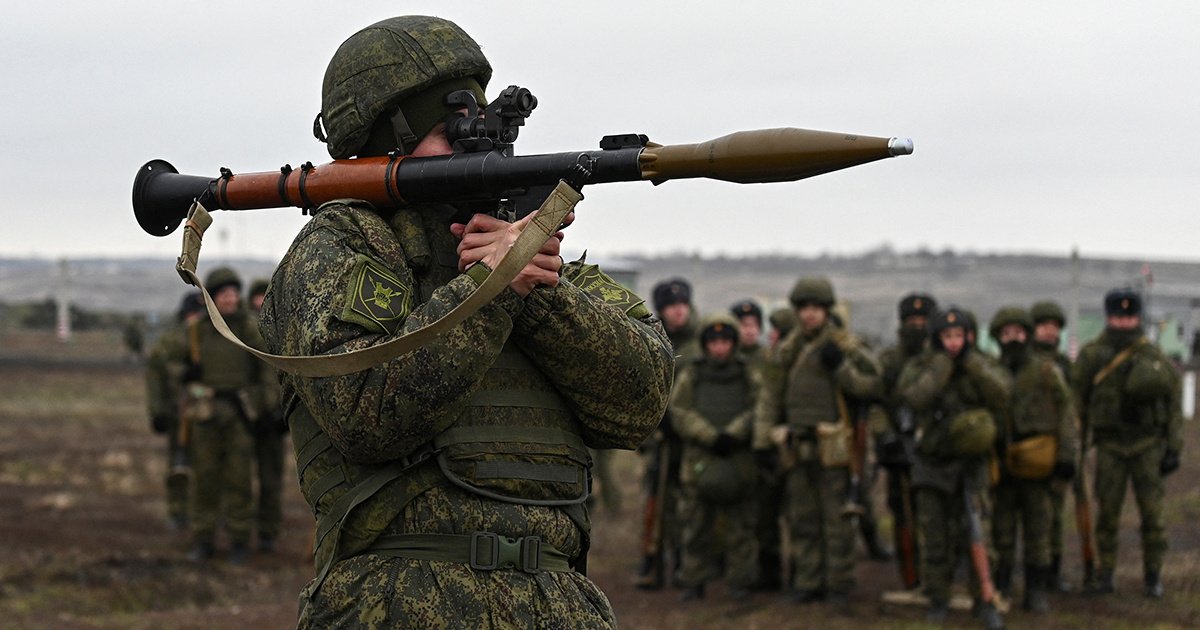 Ukraine in Maps: Tracking the War with Russia
Ukraine in Maps: Tracking the War with Russia 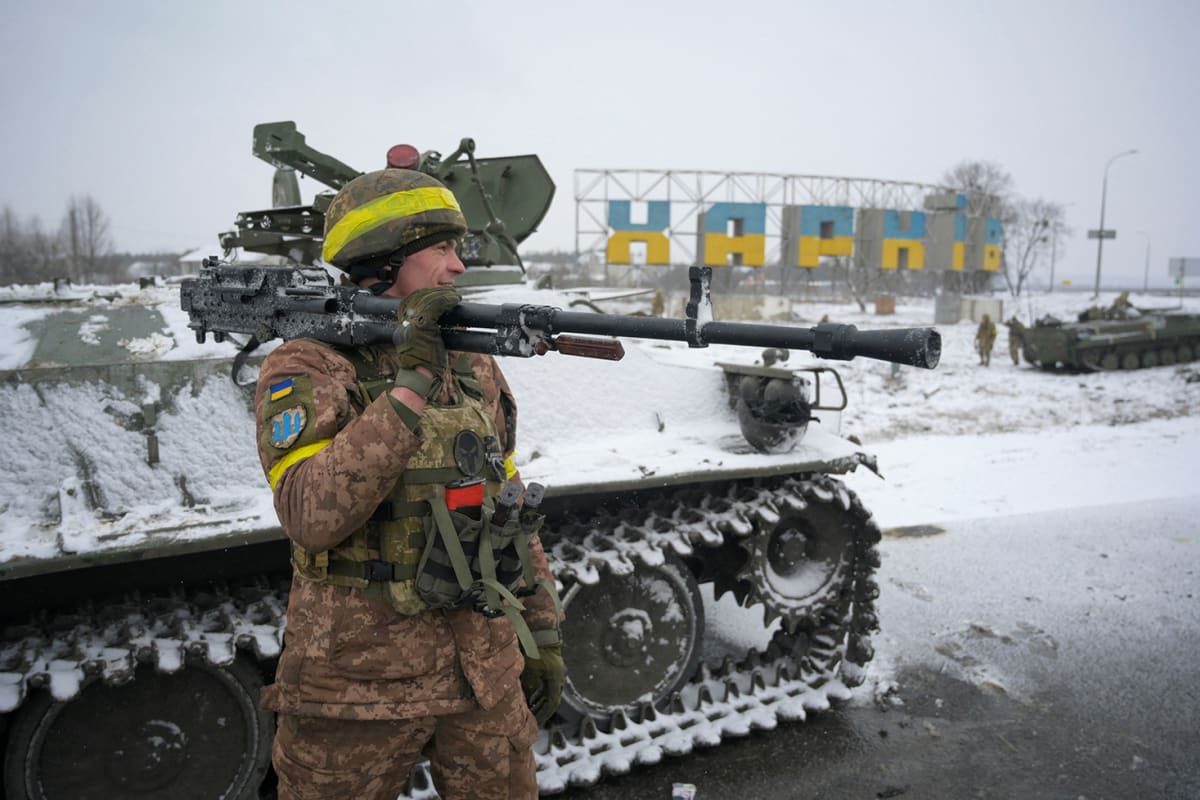 Russia-Ukraine War: Key Events on Day 1,291 – A Day of Fire and Resolve (September 6, 2025)
Russia-Ukraine War: Key Events on Day 1,291 – A Day of Fire and Resolve (September 6, 2025) 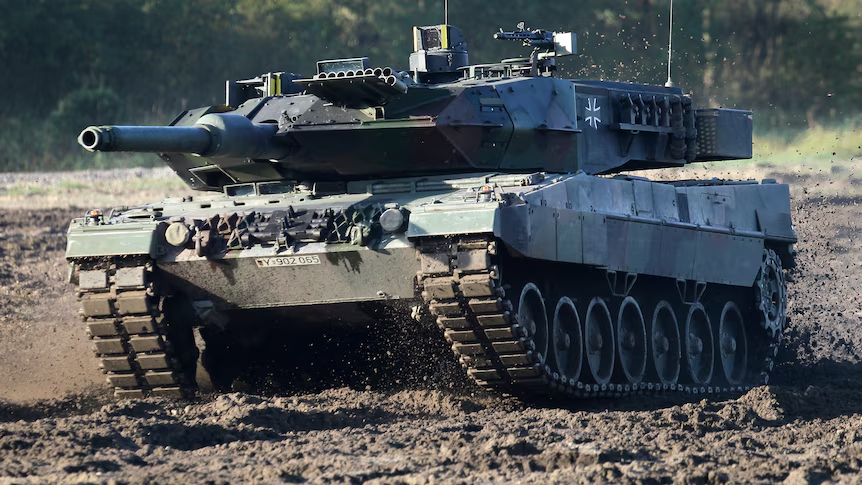 Russia-Ukraine Live: Germany Bids Farewell to Ukraine-Bound Tanks
Russia-Ukraine Live: Germany Bids Farewell to Ukraine-Bound Tanks 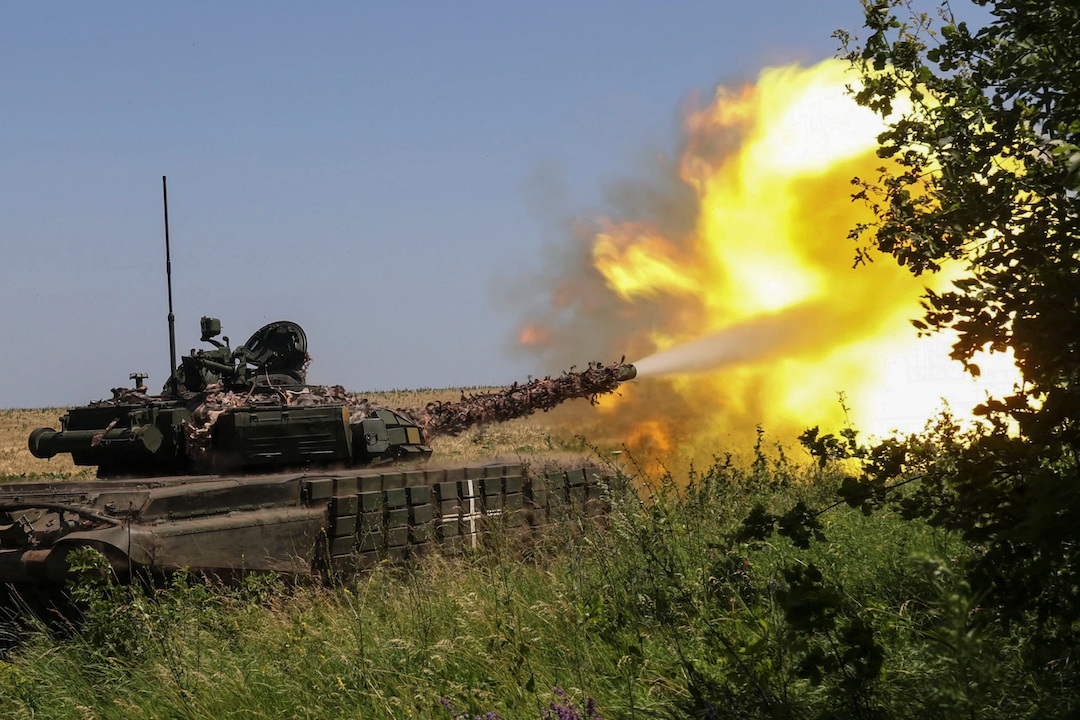 Ukraine’s Battle Against Russia: Latest Updates in Maps and Charts (October 2025)
Ukraine’s Battle Against Russia: Latest Updates in Maps and Charts (October 2025)